Be honest to keep "customers"
Currently, Vietnam produces 12-14 million tons of fruit each year on about 1.1 million hectares of growing area, mainly tropical fruits. These include dragon fruit, mango, lychee, longan, durian, rambutan... which bring high value.
According to Deputy Minister of Agriculture and Rural Development Hoang Trung, the Ministry has made great efforts in coordinating with other ministries and branches as well as directing specialized agencies to negotiate and handle technical barriers to open the market. Up to now, major and important markets such as China, the United States, Japan, Korea, Europe... all have the presence of Vietnamese fruits, especially those with large areas and output.
In addition to the close, systematic and strategic management of the management agency, the Ministry of Agriculture and Rural Development, all people and businesses must join hands and implement unanimously so that Vietnamese fruits can increasingly bring high economic benefits and sustainable development.
To maintain the market share and image of Vietnamese fruits in the market, in addition to the units of the Ministry of Agriculture and Rural Development, localities must also take part closely, go into reality, create changes from reality, not on paper. Specifically, strictly follow the procedures and instructions of the Ministry of Agriculture and Rural Development to direct people to follow, from the stage of selecting varieties, seasons, care to the stage of harvesting.
One of the mandatory conditions for exporting fruit is the code of the growing area and the packing facility. This is a particularly important issue but there are still problems somewhere and the Ministry of Agriculture and Rural Development continuously gives recommendations.
In terms of expertise, units of the Ministry such as the Plant Protection Department and the Department of Crop Production continuously coordinate with agencies of importing countries to conduct inspections, along with training and guidance for localities to build codes for growing areas and packaging facilities.
"It is noteworthy that after being recognized and granted a code, we must maintain the conditions and regulations of the protocol for sustainable development. We must be honest about the growing area code; we cannot have a code of only 500 tons but grant it to thousands of tons. Doing so will only benefit a few people but drag the entire industry down. When problems arise and importing countries close their doors, the damage will be huge, affecting people, businesses, the local economy and the image of Vietnamese fruit," Deputy Minister Trung emphasized.
Another issue that localities need to pay attention to is zoning and making appropriate production plans for each region, with each advantageous product. In addition, localities also need to closely contact localities with border gates to grasp information, thereby making appropriate production plans to avoid surplus.
Businesses must compete fairly, not put each other down.
From the perspective of businesses - part of the value chain, Mr. Hoang Trung said that there needs to be close links with producers, specified in clear business contracts, to avoid dumping and breaking contracts.
In addition, there is also a need for attention, investment in technology, and support in purchasing prices for farmers. There needs to be appropriate adjustments to the market to be able to share benefits in a harmonious way. Only then can sustainable links be created.
There must also be a connection between businesses and management agencies, a responsibility to comply with export regulations, not to do business dishonestly, and not to chase after quantity. Businesses must also have a responsibility to connect with each other, to compete but in a healthy way, to avoid the situation of undermining and playing dirty tricks on each other. In addition, it is necessary to contact and cooperate with partners of the importing country, to find reliable customers.
On a larger scale, industry associations in the coming time must make efforts to find potential markets, be sensitive to changes in regulations to report and advise management agencies. Another role of associations is to gather businesses, join hands to cooperate sincerely for the common benefit. When there is a synthesis from the central to local levels, from businesses to producers, we will ensure the industry develops sustainably, bringing high profits.
Source: https://baophapluat.vn/thu-truong-bo-nong-nghiep-va-phat-trien-nong-thon-hoang-trung-muon-phat-trien-nganh-hang-trai-cay-viet-nam-thi-phai-trung-thuc-post523532.html



![[Photo] Prime Minister Pham Minh Chinh chairs the 16th meeting of the National Steering Committee on combating illegal fishing.](https://vphoto.vietnam.vn/thumb/1200x675/vietnam/resource/IMAGE/2025/10/07/1759848378556_dsc-9253-jpg.webp)






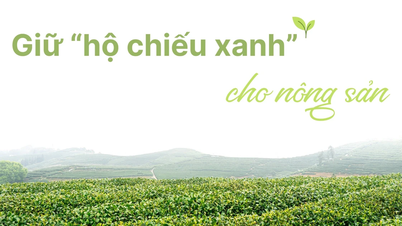

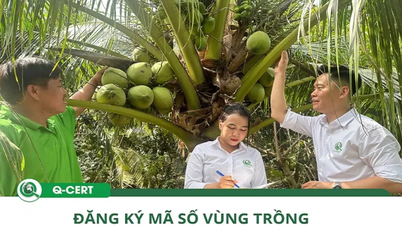

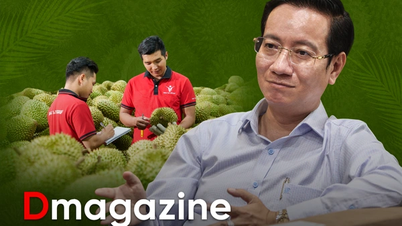

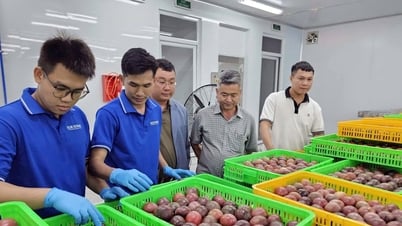

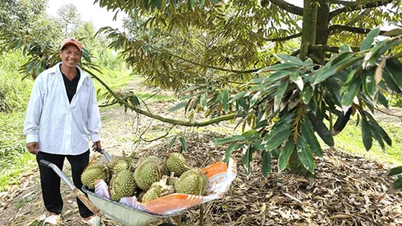






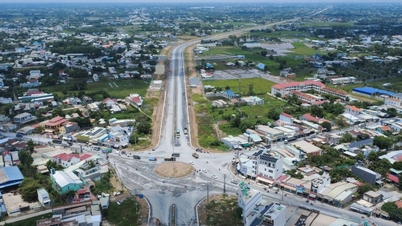







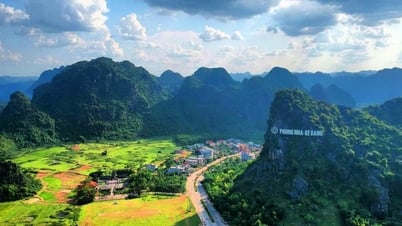


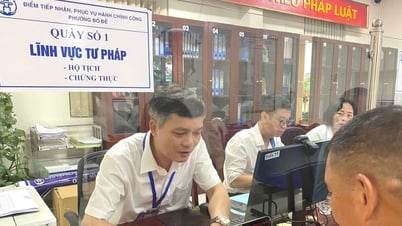

![[Photo] Super harvest moon shines brightly on Mid-Autumn Festival night around the world](https://vphoto.vietnam.vn/thumb/1200x675/vietnam/resource/IMAGE/2025/10/07/1759816565798_1759814567021-jpg.webp)

































































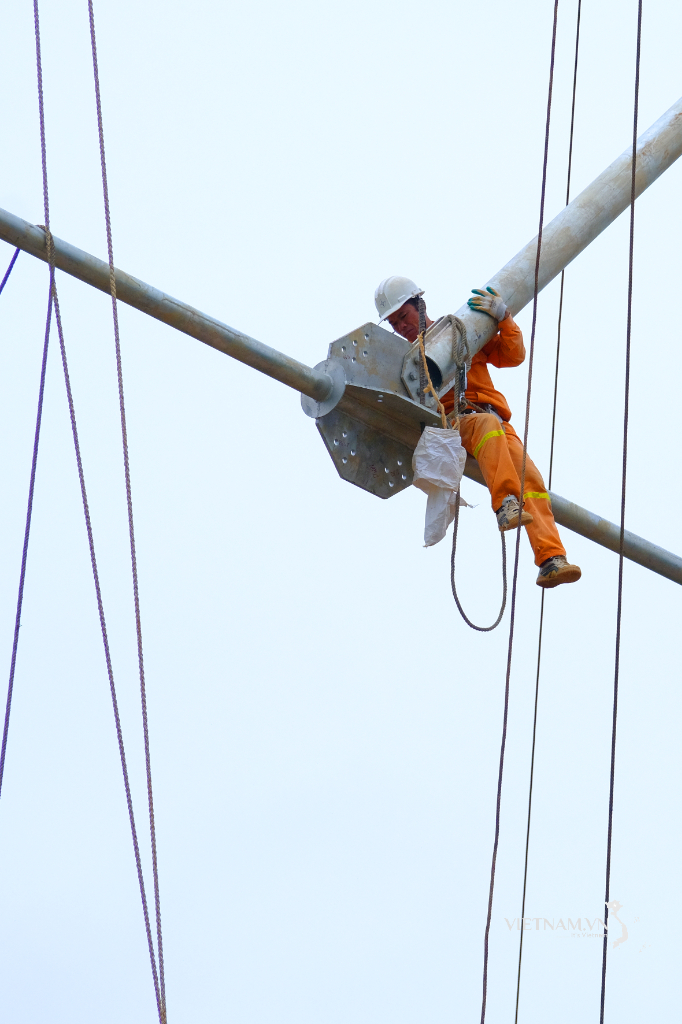
Comment (0)